Unlock Business Success and Growth with Expert SaaS Content Writing
Author: Team WH
Published On: 24-08-23
Last Updated on: 23-02-24
Estimated reading time: 7 minutes
With over 30,000+ SaaS companies fighting for customer attention, the competition in the SaaS industry is increasingly high.
So, if you want to break through the noise, it’s time to prioritize SaaS content writing.
SaaS writing involves creating content that’s relevant to your target market. It positions you as an authority in the industry, communicates your product benefit to prospects and eventually converts them from prospects to trial users to paying and loyal customers.
Through our guide, you can learn everything about SaaS writing, including how to create SaaS content the right way!
What is SaaS Content Writing?
SaaS content writing is the process of crafting educational and promotional content for a SaaS product with the aim to attract, engage, and convert leads, by showcasing the unique features, benefits, and value propositions of the SaaS product or service.
It highlights how your product makes your target audience’s lives easier and solves their problems. Content writing for SaaS typically includes blog posts, whitepapers, case studies, product guides, and website copy designed to resonate with the target audience and address their pain points and needs in the context of SaaS solutions.
Effective content is essential for building brand awareness, generating leads, and driving conversions in the competitive SaaS industry.
How is SaaS Content Writing Different?
SaaS writing differs from other types of writing primarily in its focus and purpose. Unlike general content writing, SaaS writing aims to educate potential customers about complex software solutions, highlighting features, benefits, and use cases in a clear and concise manner.
It often requires a deep understanding of technical concepts and terminology, as well as the ability to translate them into accessible language that resonates with the target audience.
Additionally, SaaS writing typically involves addressing specific pain points and challenges faced by users in the context of software adoption and usage.
What are the Different Types of Content?
Various types of SaaS content cater to different stages of the customer journey and serve distinct purposes. Common examples include:
- Educational Content: Informative blog posts, tutorials, and guides that teach users how to maximize the benefits of the software.
- Promotional Content: Case studies, testimonials, and success stories that showcase real-world examples of the software’s effectiveness.
- Interactive Content: Quizzes, calculators, and interactive demos that engage users and provide personalized experiences.
- Thought Leadership Content: Whitepapers, research reports, and industry analyses that establish the brand as an authority in its field.
- Support Content: FAQs, knowledge base articles, and troubleshooting guides that help users resolve issues and get the most out of the software.
Best Tips to Follow for Successful SaaS Content Creation
To get started with SaaS content writing, here are a few best practices to stick to and generate positive results.
1. Understand Your Target Audience
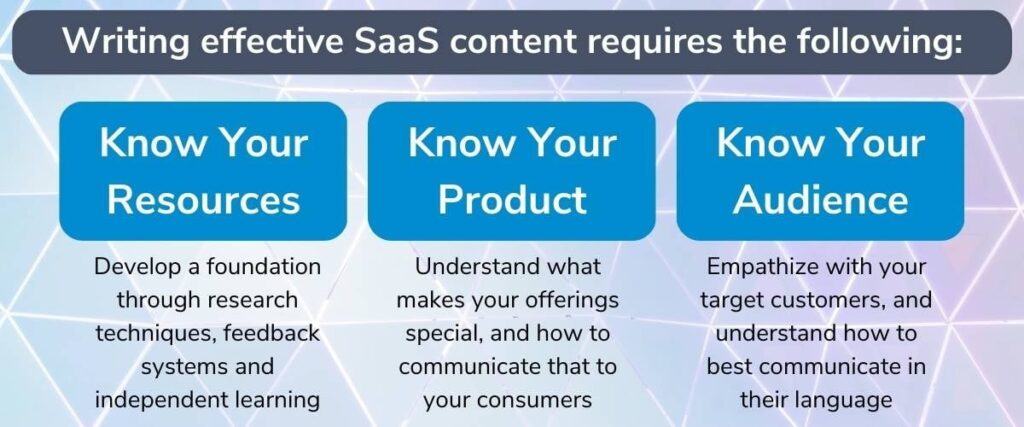
While it seems tempting to reach out to every single person with the internet, the focus must be on capturing the attention of a meaningful audience. It should be those most likely to benefit from your product or service.
So, try to define the ideal customer profile (or buyer persona) by focusing on factors like:
- Demographic details such as age, location, gender, etc.
- Professional characteristics like socio-economic background and educational qualifications
- Psychographic traits such as interests, goals, or pain points
When you have detailed insight into the target audience, you can produce relevant content that easily resonates with them and distribute content on channels where they are often looking for solutions.
Highlight the tangible benefits of your SaaS solution rather than merely listing its features. Clearly communicate how your product solves customer problems, improves efficiency, and delivers value. By emphasizing the outcomes and results that users can expect, you can demonstrate the real value proposition of your offering.
2. Carry Out a Thorough Keyword Research
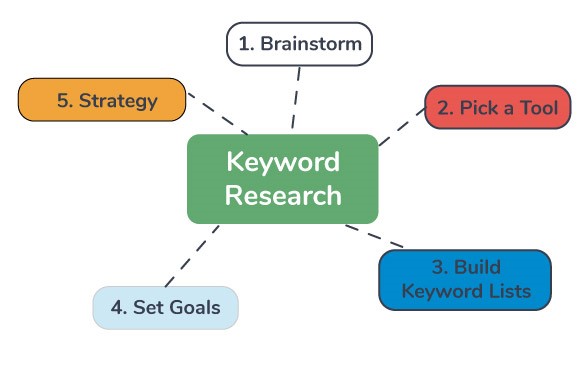
When it comes to content writing for SaaS, keyword research is an integral part that drives inbound traffic to your website. It helps to identify the specific words and phrases potential prospects search for on the internet in your specific industry. Using them, you can create content to grow visibility on Google SERPs and send relevant leads to your business.
Here are a few things to keep in mind when incorporating keywords in content:
- Generally, select keywords with a high search volume (greater than 500) and low keyword difficulty (below 20).
- Long keywords may have less search volume but are easier to rank for in the search engines.
- Analyze each keyword’s search intent – why people search for a particular keyword on Google to form your content better.
- Use keywords in headlines, first paragraph, conclusion, in-between, meta descriptions, and meta titles.
3. Develop Content for Different Stages of the SaaS Funnel
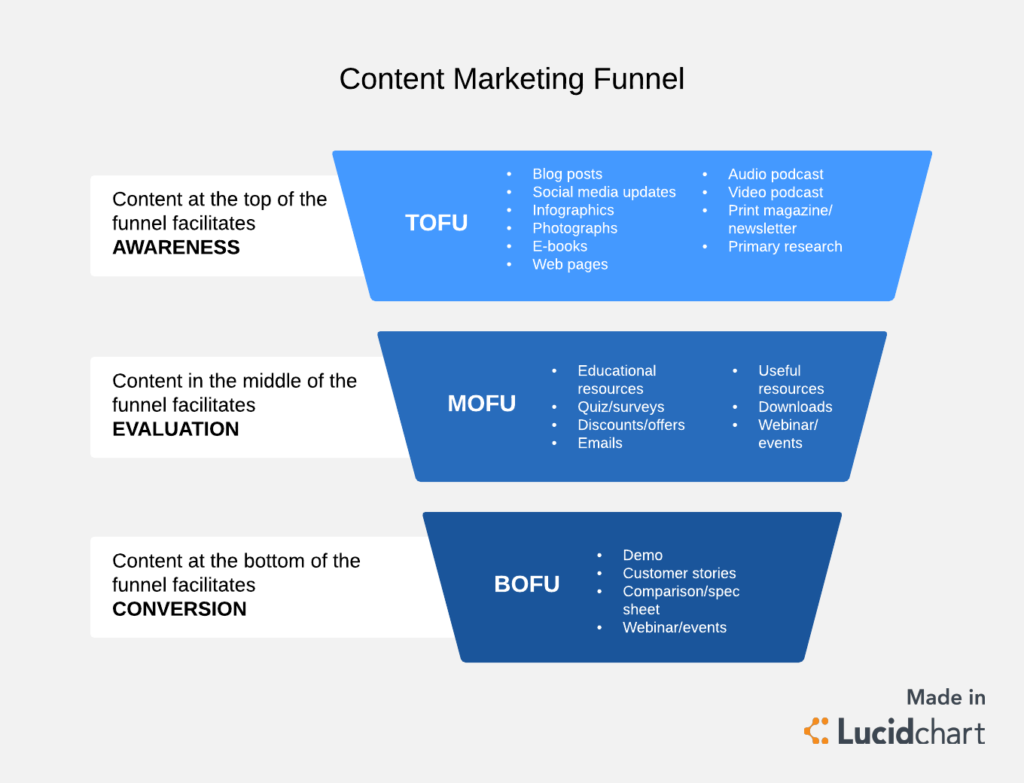
Every individual goes through a sales funnel before they become a paying customer. Regardless of the product or industry, it consists of different stages a prospect passes through before buying a product.
However, the sales funnel is relatively different for SaaS companies simply because these products are expensive and definitely not a one-off purchase. There are primarily three stages that make up the SaaS funnel, and it’s essential to create content for each stage to convert a prospect into paying users. These include:
- Top of the Funnel: This is also called the awareness stage, where the consumer realizes they have a problem that needs solving. Educational content, including how-to guides, blog posts, articles, infographics, and e-books, would help attract prospects and nurture trust.
- Middle of the Funnel: Also known as the consideration stage, prospects start researching more and looking for potential solutions. Here, your content must focus on demonstrating how your product or service acts as a solution to their problem. Ideally, content for this stage must be case studies, tutorial videos, and customer testimonials showing how other customers having similar problems succeed with your solutions.
- Bottom of the funnel: When prospects reach the bottom of the funnel, they know about your product and are considering purchasing it. They may, however, also be looking at some other companies. Focus on content that demonstrates why your product is the best solution. Content ideas here may include free trials, demo videos, and detailed buyer guides.
4. Make Certain that the Content Is Readable
Clarity and conciseness are of paramount importance in SaaS writing. Break down complex concepts into digestible chunks and use visuals, examples, and storytelling techniques to enhance clarity and comprehension. Here are some effective tips on how to do that:
- Keep sentences with 20 words and paragraphs short and limited to 3 to 5 lines
- Try incorporating bullet points and numbered lists wherever relevant
- Bold the keywords or important words/phrases to add clarity
- Make use of proper heading to separate sections within the content
- Focus on emphasizing essential information in the top 25% of the content
In SaaS content writing, your end-goal is to present information in a logical and organized manner. Avoid technical jargon and complex language that may confuse or alienate your audience. Write in straightforward, easy-to-understand terms that convey your message clearly.
5. Content Tone & Overall Presence Must be Consistent
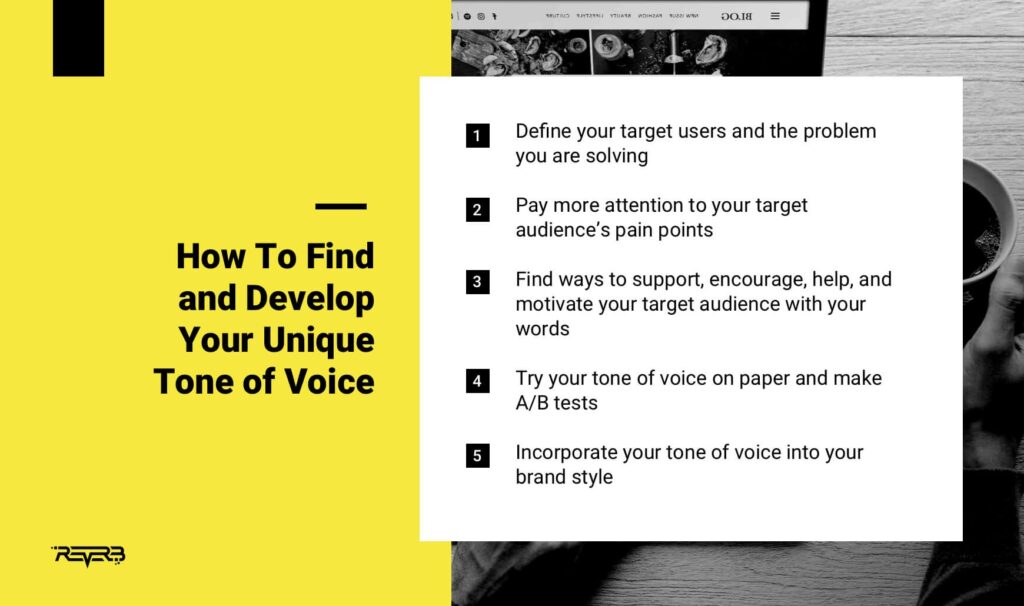
When working on content writing for SaaS, make certain to keep the voice and tone of the content consistent.
The best thing to do is create a brand style guide. This will help to keep your website content writers, social media copywriters or freelance SaaS writers on the same page about your tone, voice, and brand style. Further, place checks and balances to ensure that no factual, grammatical or spelling errors sneak into your content.
As for content publication, it’s important to keep posting consistently to establish reliability and trust among your target audience.
Summing Up
The crucial elements of compelling SaaS content writing are to first understand your target audience and conduct keyword research, followed by creating content for every customer touchpoint in the SaaS sales funnel.
If you’ve never produced SaaS content or are confused about how to start, it’s best to bring in professionals to help you. Being a premium content marketing agency, WrittenlyHub can help you publish high-quality, engaging and result-oriented SaaS content to support the sustainable growth of your brand.
People Also Ask
1. What is the most common example of SaaS content writing?
One prominent example of SaaS content writing is blogs. These provide a natural way to answer key questions your target audience might have related to your industry or product.
2. What is SaaS copywriting?
SaaS copywriting refers to the promotional materials your SaaS company utilizes to promote your product to the target audience. These materials include websites, landing pages, advertisements, and marketing emails.
3. How to write a SaaS blog?
When it comes to writing for SaaS products, it is best to understand the audience first and learn about their pain points. Then, you can create content that addresses those issues and specifically shows how your product helps them. Focus more on the benefits and value of the product instead of features in the content.
4. What is SaaS content marketing?
SaaS content marketing involves creating and distributing valuable and relevant content to attract, engage, and retain customers for SaaS companies. It aims to address the needs and challenges of the target audience, establish brand authority, and drive conversions. Content formats may include blog posts, videos, case studies, and whitepapers.
5. What is B2B SaaS content writing?
B2B SaaS content writing encompasses a range of content types designed to attract and engage potential customers in the B2B SaaS industry. The goal is to provide valuable insights and information that resonate with B2B decision-makers, ultimately driving conversions and sales for SaaS companies.


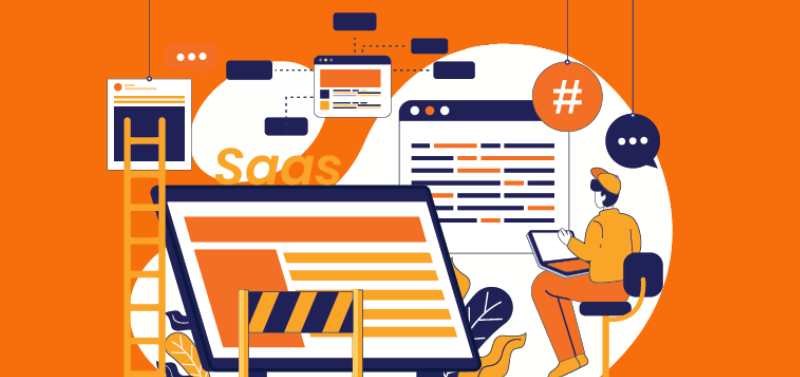






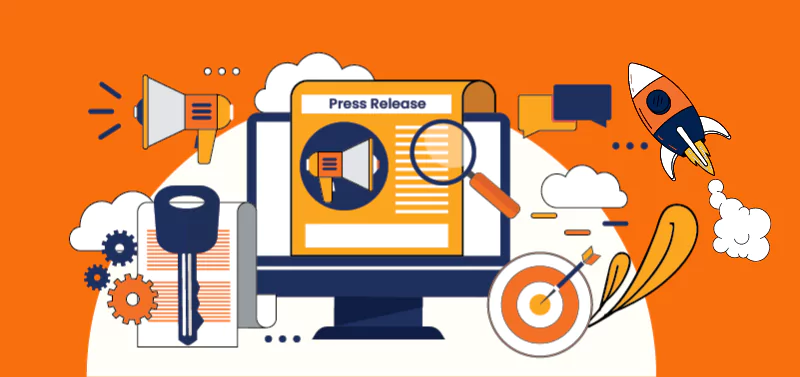





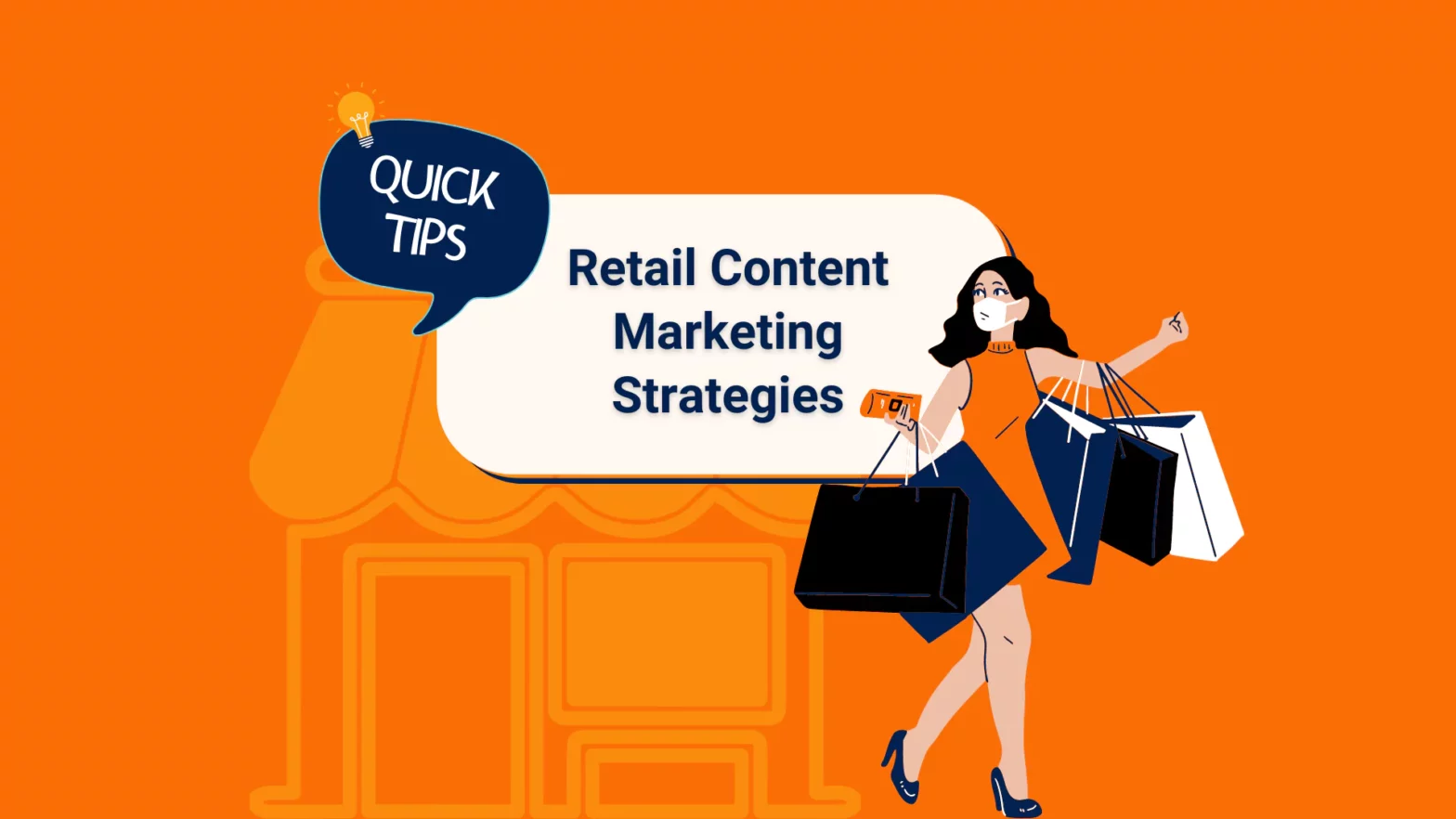





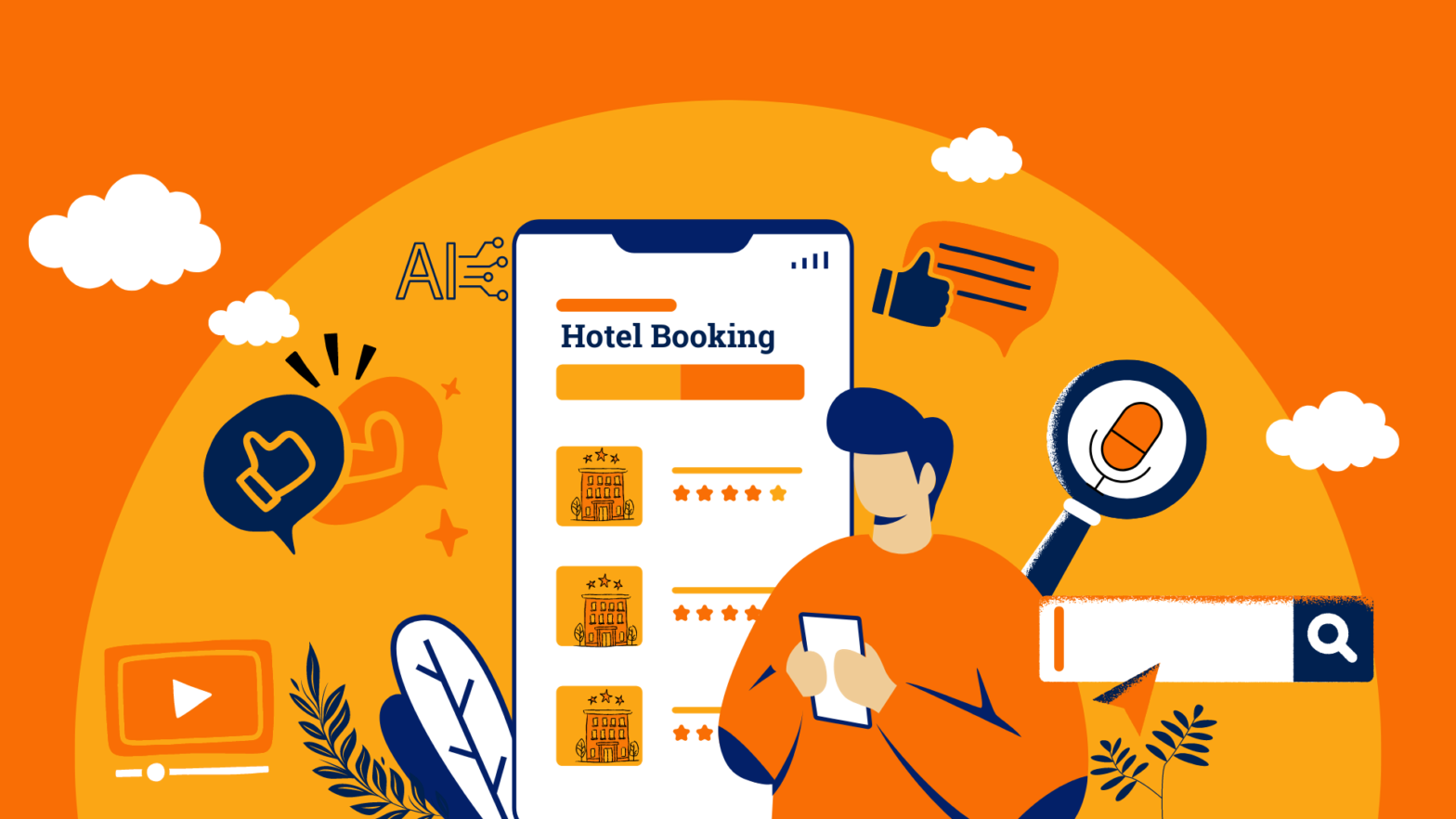


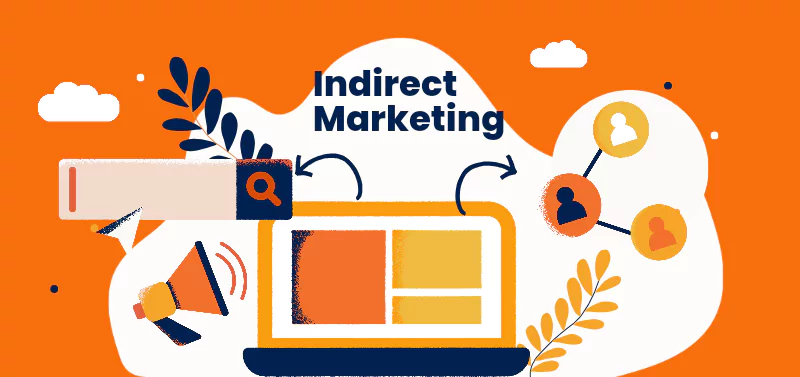



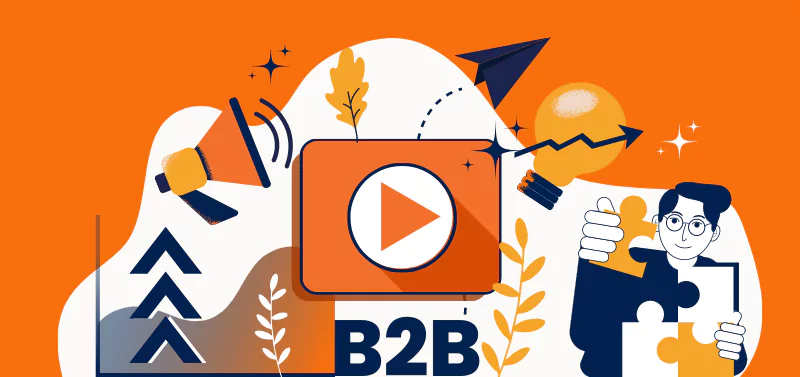

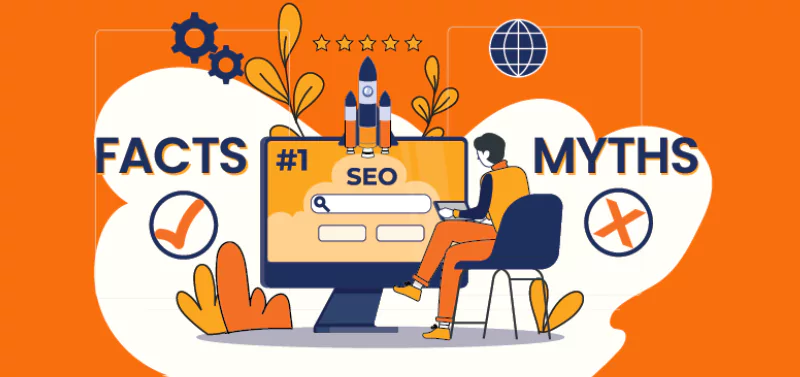































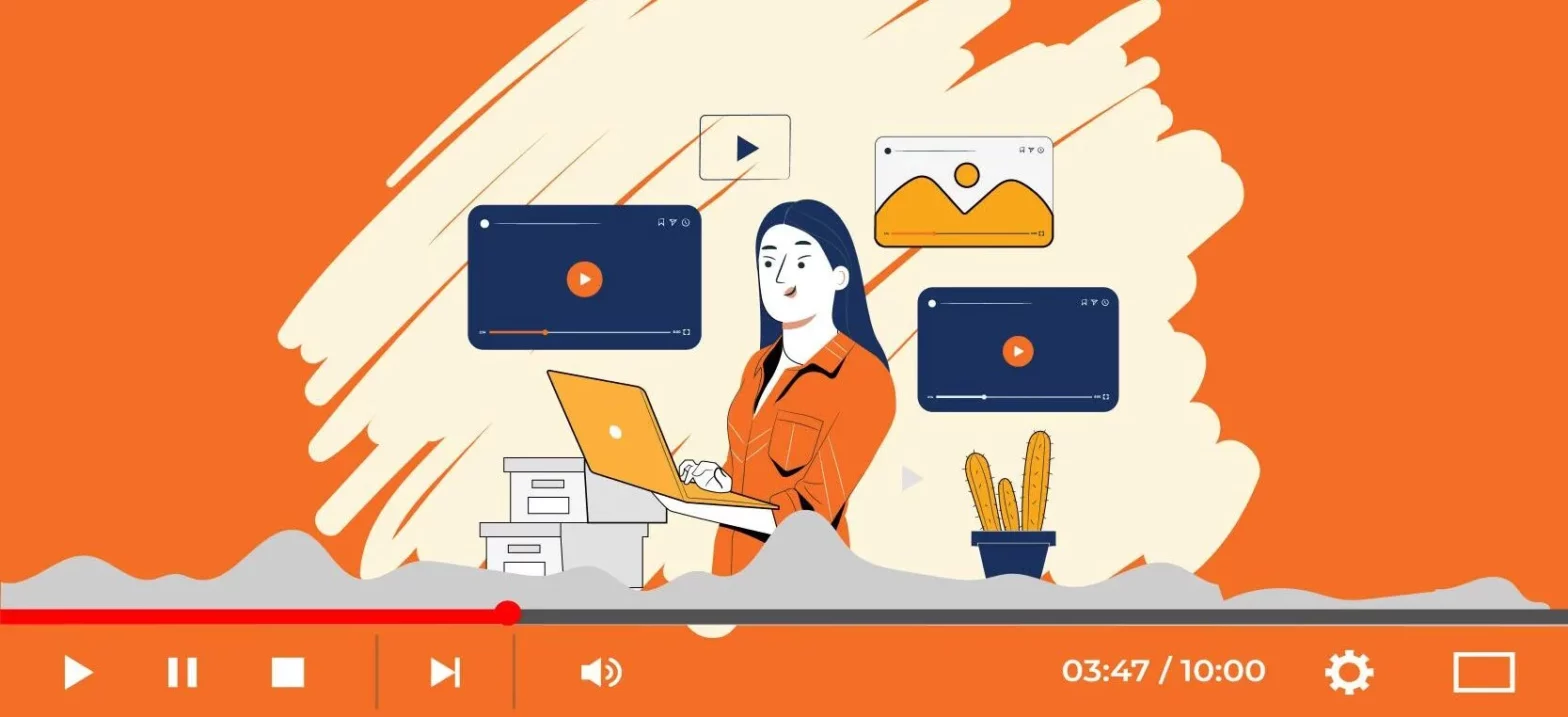








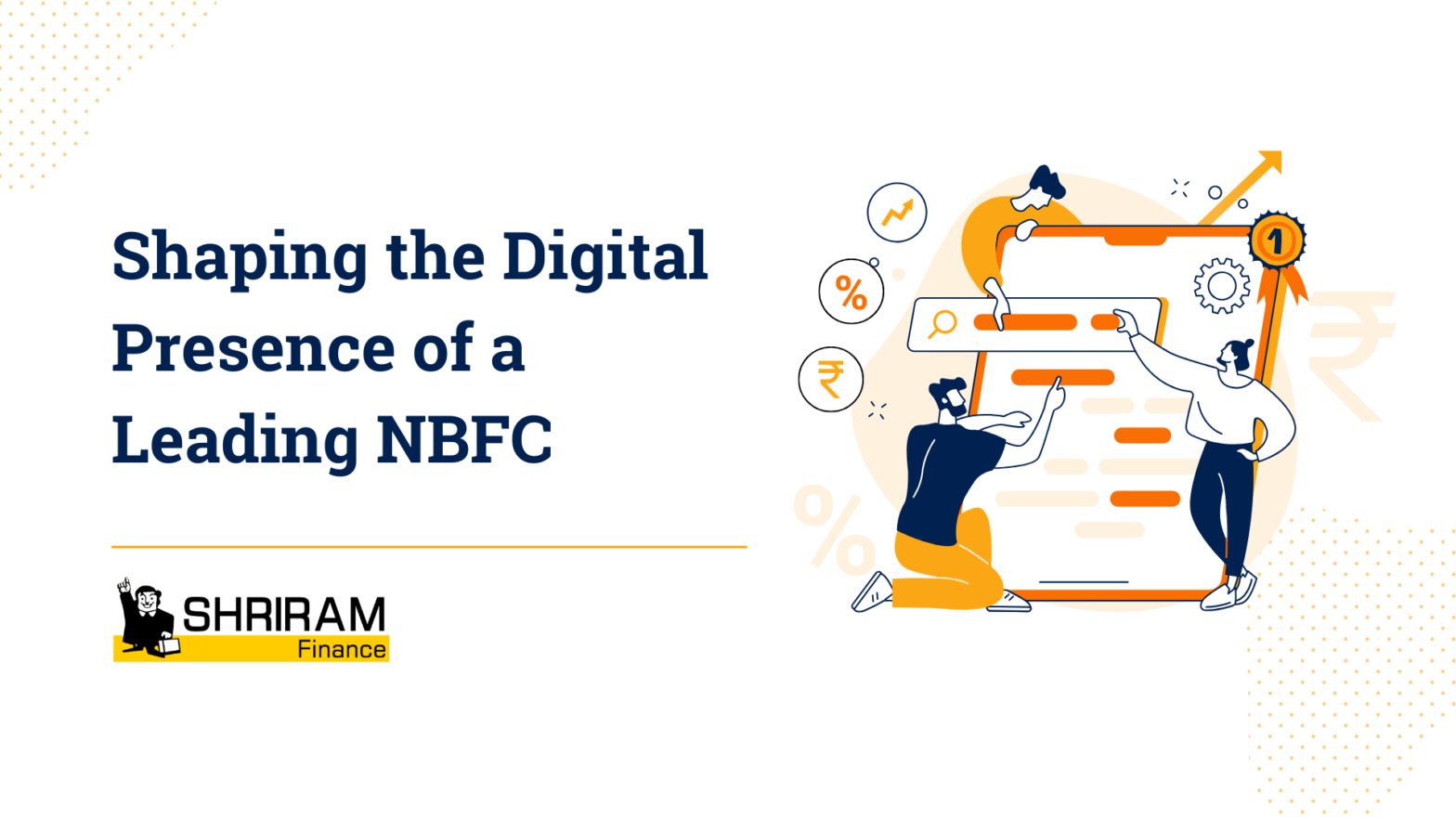

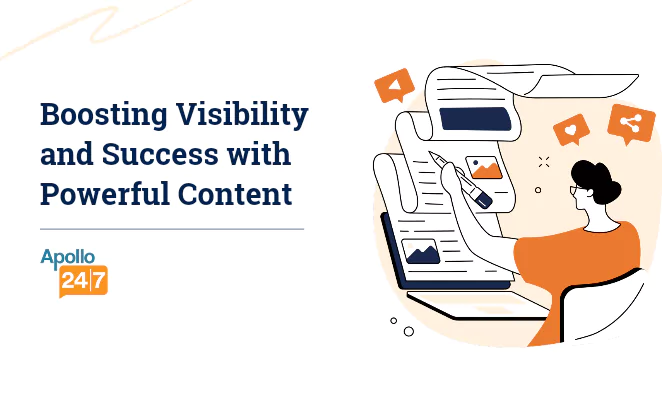

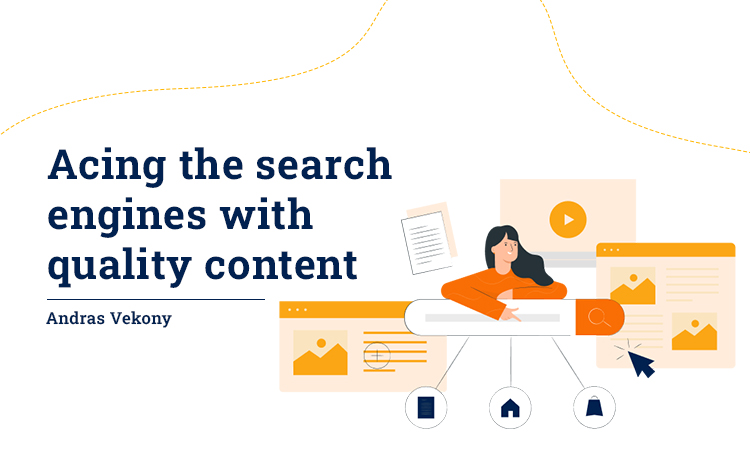
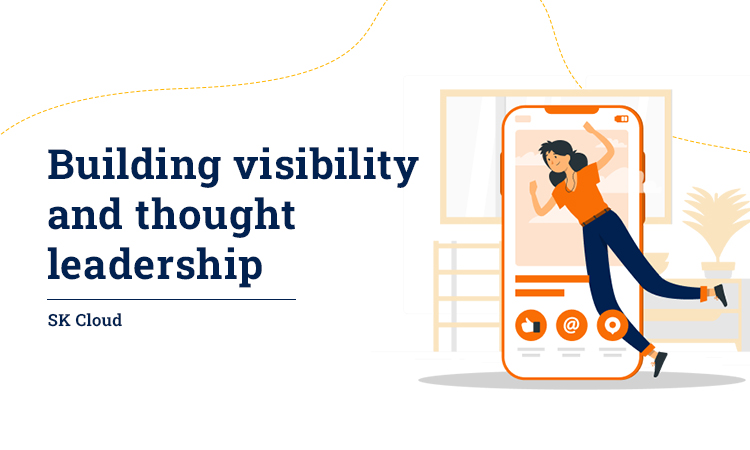
















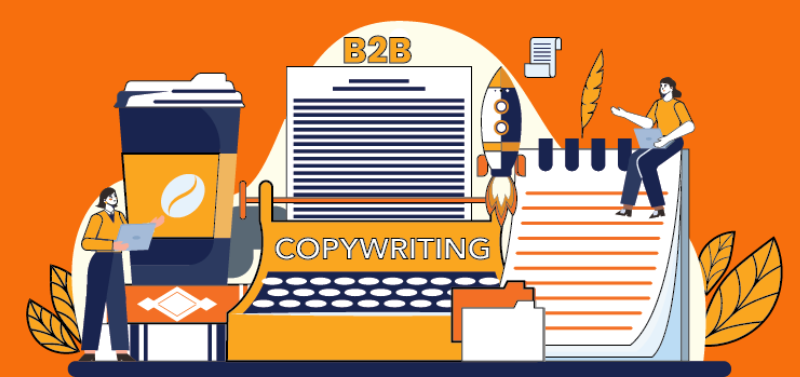





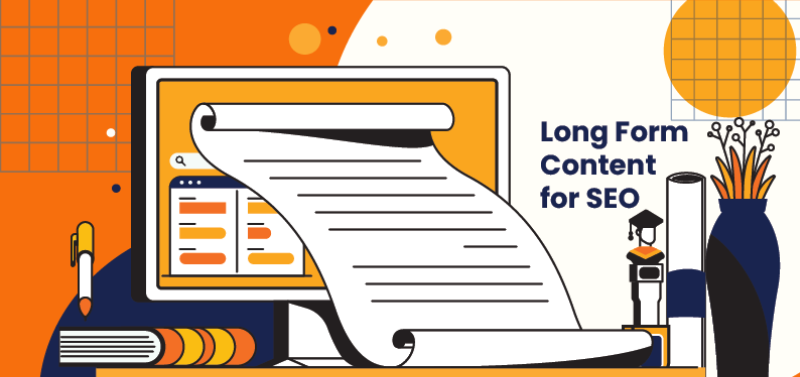











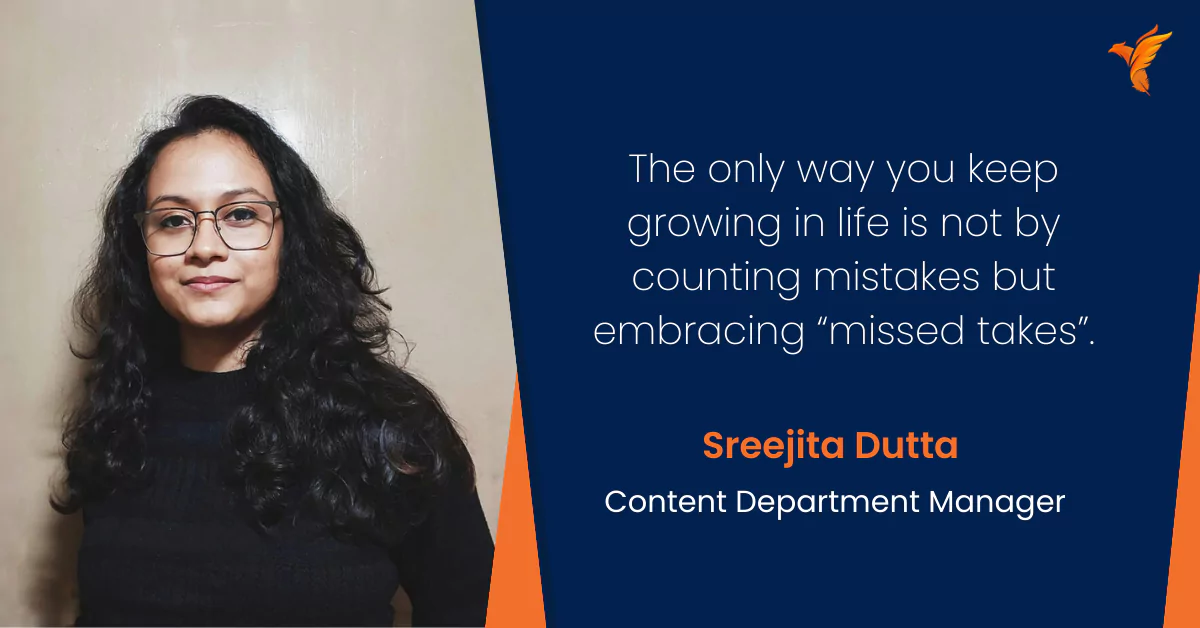

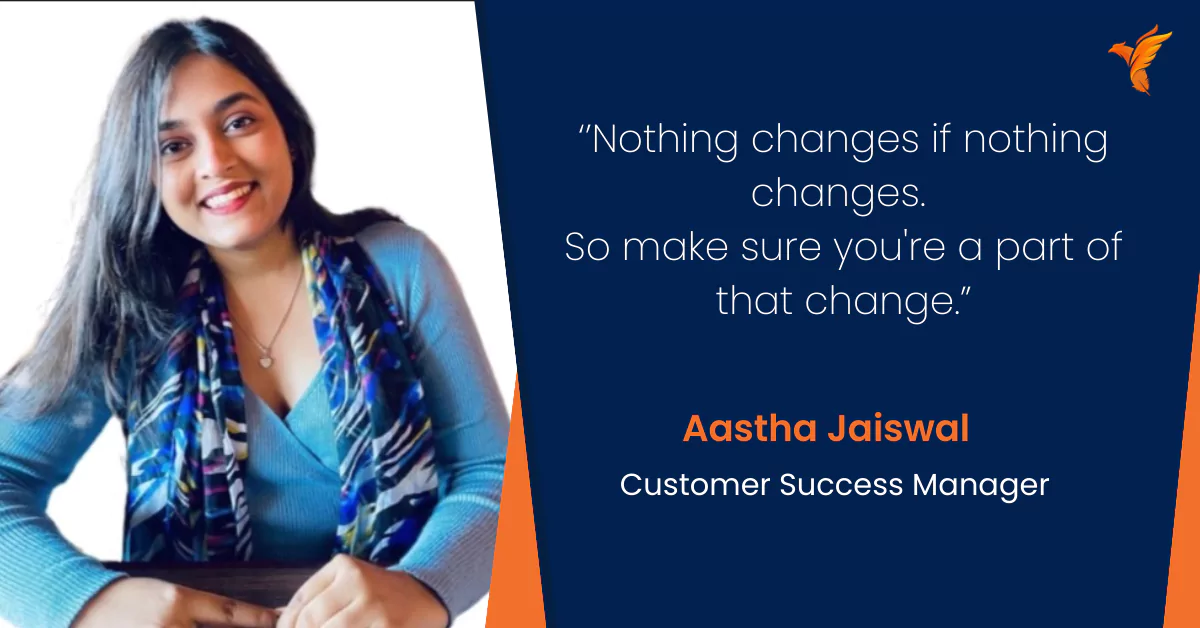

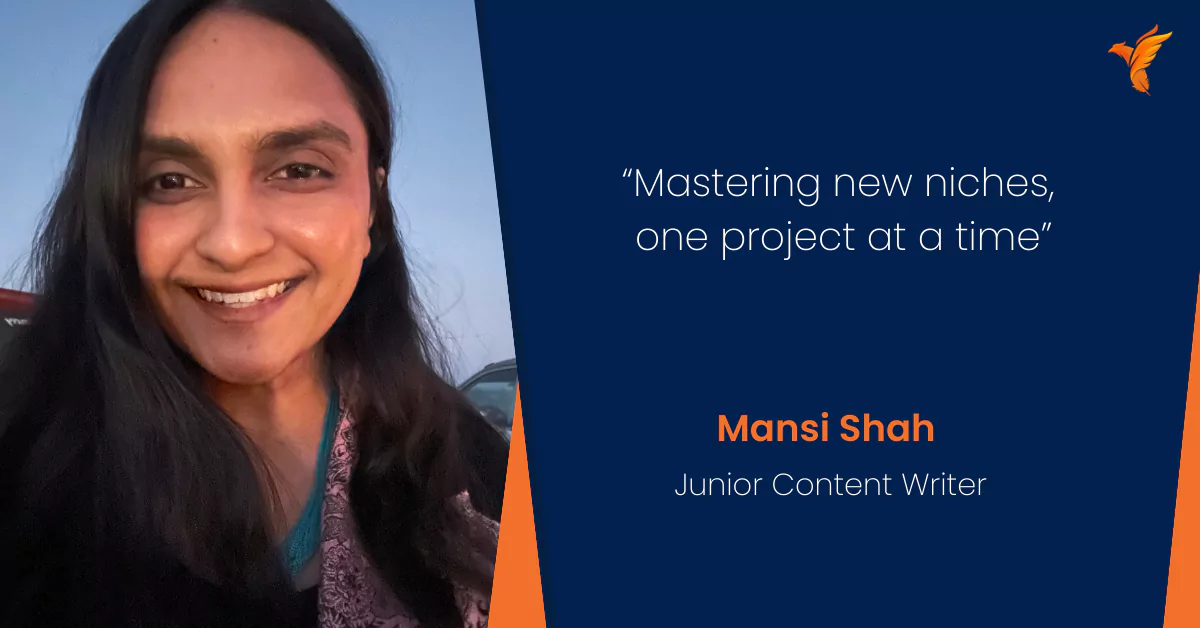
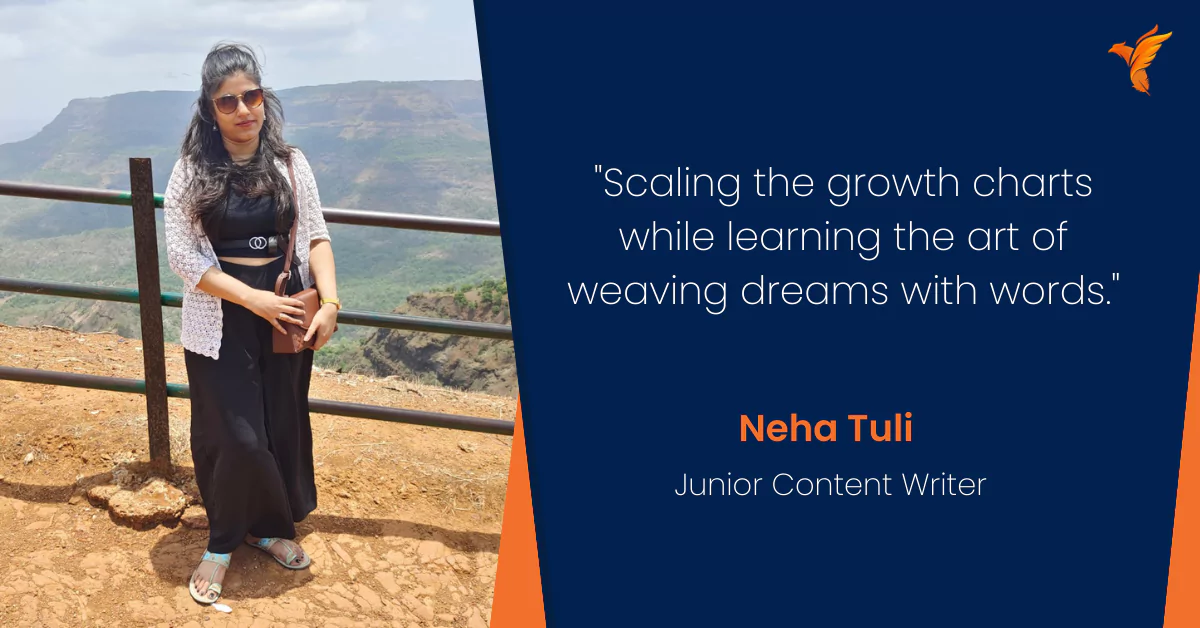



Very insightful and helpful analysis